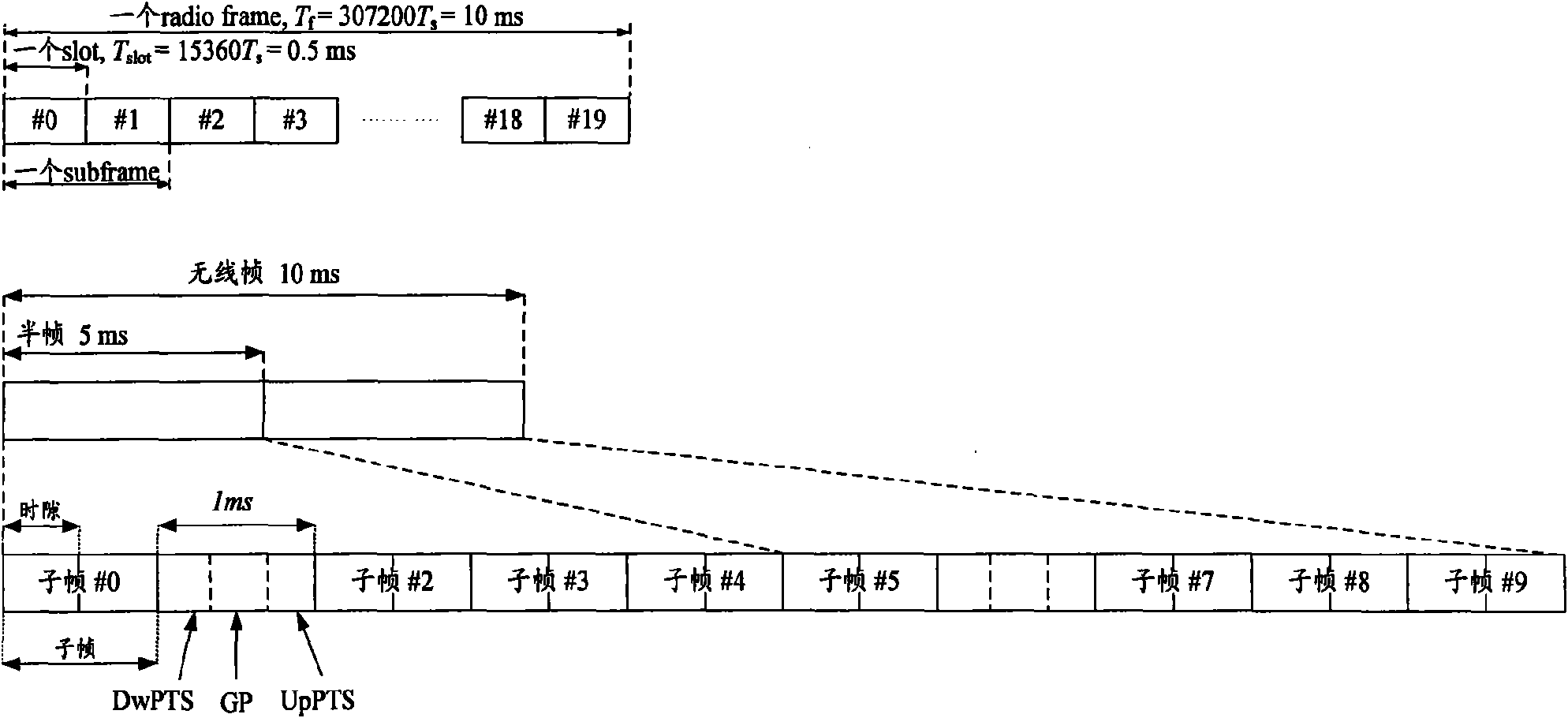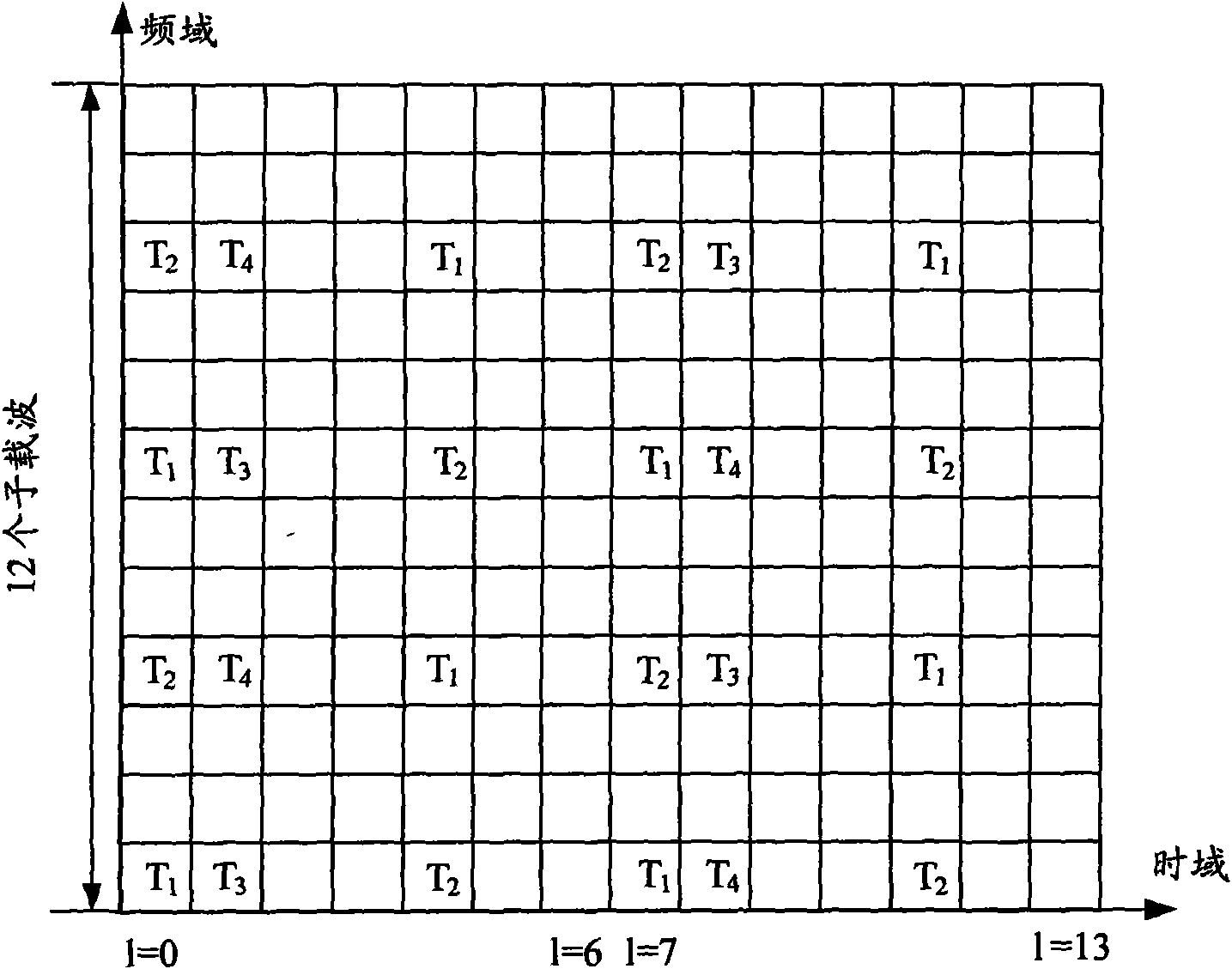Method and device for determining positions of cell reference signals
A cell reference signal and reference signal technology, which is applied to the separation device of transmission path, pilot signal allocation, wireless communication and other directions
- Summary
- Abstract
- Description
- Claims
- Application Information
AI Technical Summary
Problems solved by technology
Method used
Image
Examples
no. 1 example
[0092] In the first embodiment, it is assumed that the CSI-RS positions currently available for sending different cells are k1, k2, ..., kn, and the relevant cell identifiers in the CoMP set are ID1, ID2, ..., IDm, (m
[0093] That is to say, all the cells in the CoMP concentration are sorted according to the size of the cell identifiers, and then mapped to corresponding available CSI-RS positions in sequence according to the sorted order.
[0094] Wherein, h is a fixed value, such as 0 or n-m; or, the value of h is notified by the base station to the target UE through signaling.
[0095] In the second embodiment, it is assumed that according to the sequence in which the UE receives cell identities, the relevant cell identities in the CoMP set are ID1, ID2, ..., IDm, and the positions of CSI-RS currently available for sending different cells are k1, k2, ... ., kn, ...
no. 3 example
[0098] In the third embodiment, the definition of the extended binomial coefficient is '> x y = x y x ≥ y 0 x y . Assume that the selected m positions are , 1≤s k ≤n,s k k+1 , then, the numbered index r = Σ k = 0 m - 1 '> n ...
PUM
 Login to View More
Login to View More Abstract
Description
Claims
Application Information
 Login to View More
Login to View More - R&D
- Intellectual Property
- Life Sciences
- Materials
- Tech Scout
- Unparalleled Data Quality
- Higher Quality Content
- 60% Fewer Hallucinations
Browse by: Latest US Patents, China's latest patents, Technical Efficacy Thesaurus, Application Domain, Technology Topic, Popular Technical Reports.
© 2025 PatSnap. All rights reserved.Legal|Privacy policy|Modern Slavery Act Transparency Statement|Sitemap|About US| Contact US: help@patsnap.com



